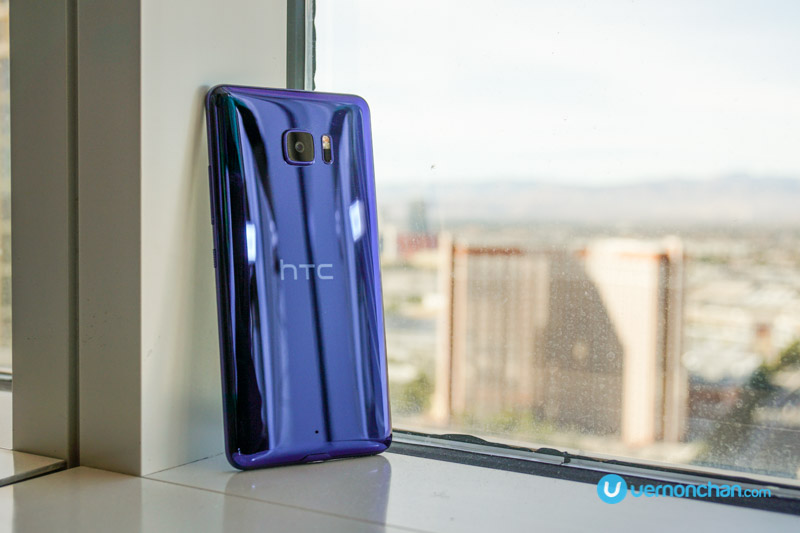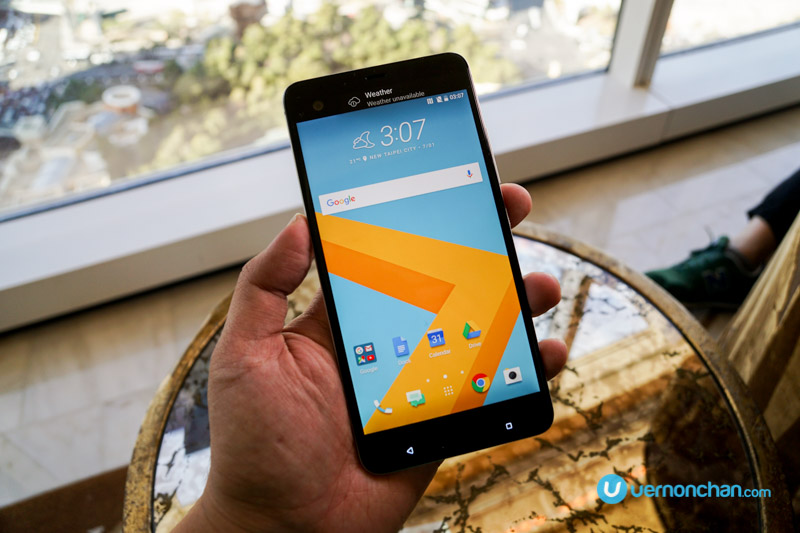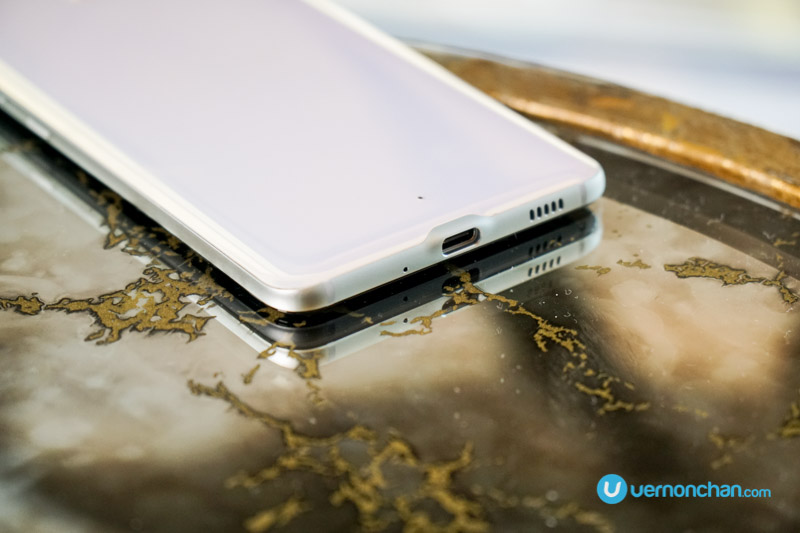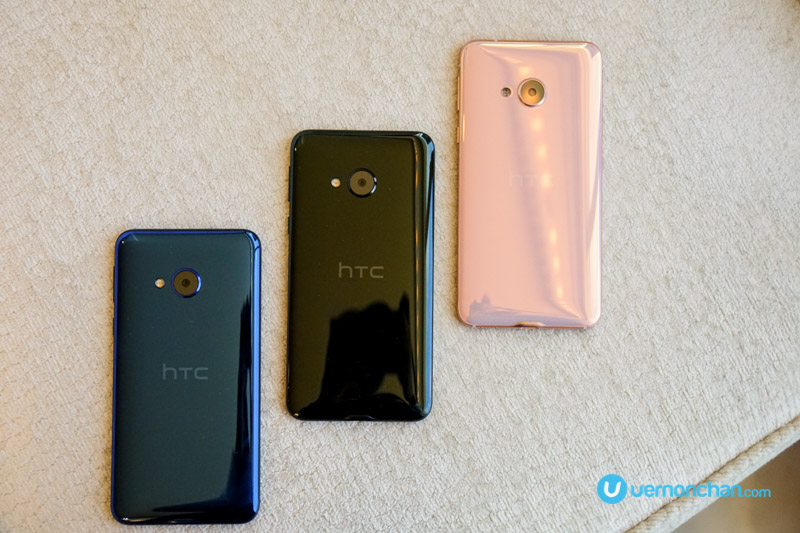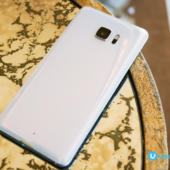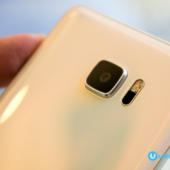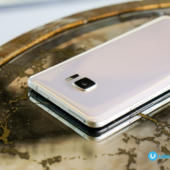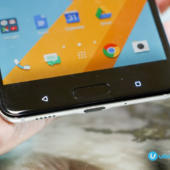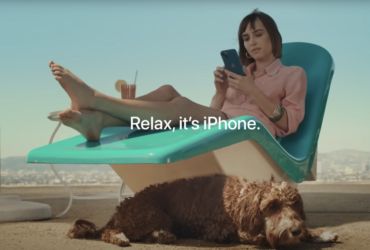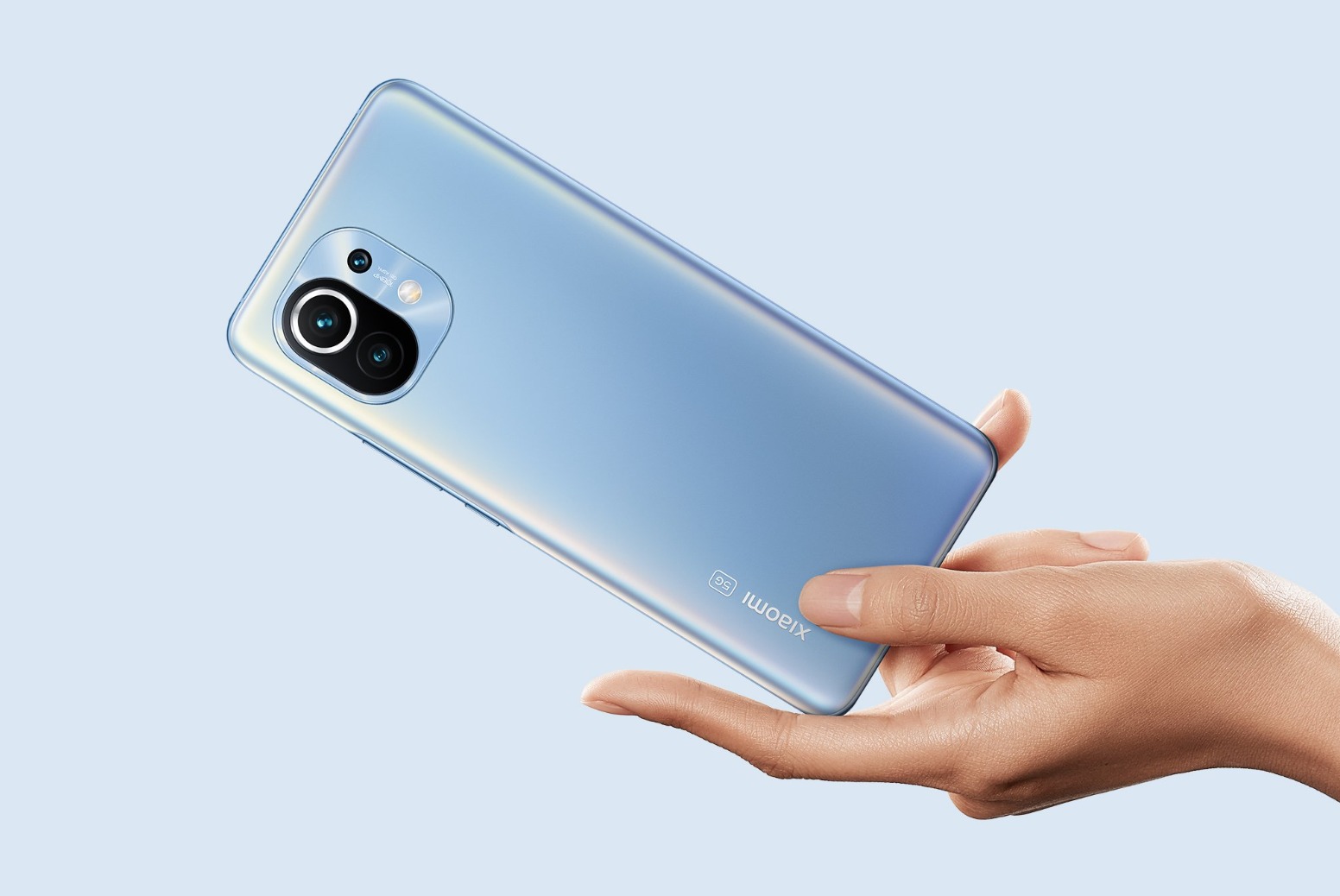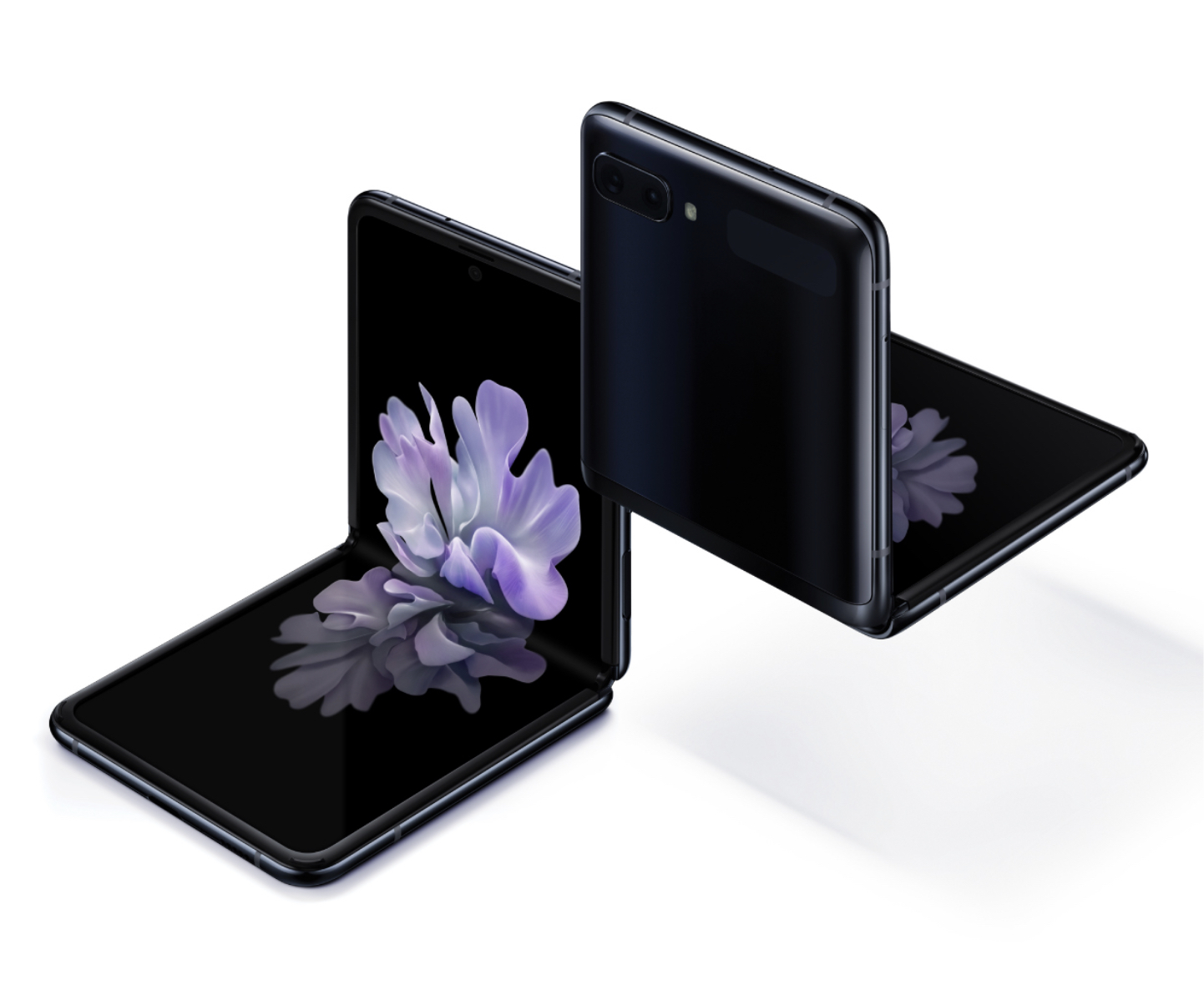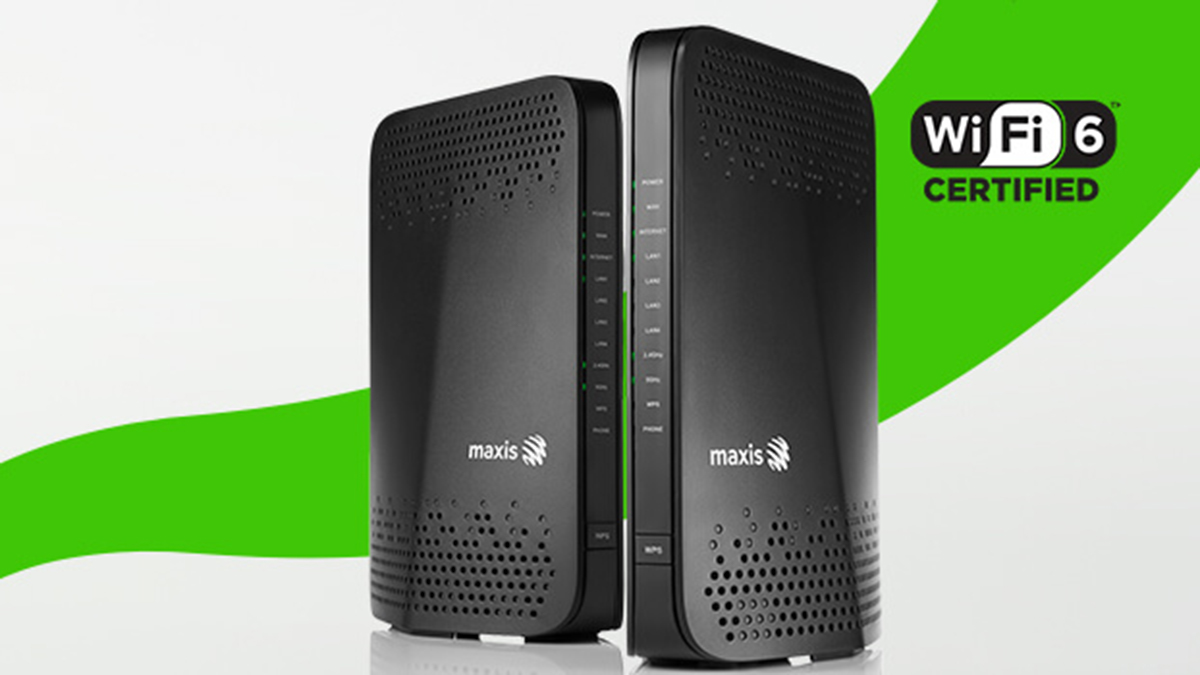Just a couple of days fresh from CES 2017, HTC has introduced a new line of premium smartphones it dubs the U series. Ditching metal unibody designs, the HTC U Ultra and U Play are now glass-clad, and smarter.
HTC has built a reputation around its beautifully-designed devices, including the award-winning HTC One series. With the U range, it’s taking a different route. It’s now all glass – something HTC calls Liquid Surface Design. It’s fluid, multi-dimensional, stunning. Reminiscent of the equally stunning honor 8, the glass back curves four ways for a symmetrical look.
Letting U be U
What if phones were smarter? What if it could learn your likes, your favourite apps, your routine? The fact is, smartphones can be pretty dumb. It just does what you tell it to. And smartphones should reflect you as an individual. No two persons have the same likes and preferences.
So this is the basis of the HTC Sense Companion. It’s powered by artificial intelligence (AI), and it learns as it goes. Think of it as a pro-active digital assistant. Not in an intrusive way, but in an intelligent, natural way.
It’ll suggest what to wear based on current weather. Cold and windy? Grab a jacket on your way out. It’ll remind you to charge your phone if it’s running low on power, or automatically switch to power saving mode because it knows you have a long day of meetings ahead of you.
Let’s be honest, and HTC is honest about it – HTC doesn’t have domain expertise in AI. It’s clear that it’s a learning process, and it will evolve over time. It however, didn’t provide details what kind of machine learning technology that’s behind the HTC Sense Companion.
Hence, it’s supposed to learn from you and get smarter over time. You can help it by giving it feedback so it “becomes you.”
It’s very early days, but HTC says it will roll out AI in its devices throughout 2017.

HTC U Ultra
The HTC U Ultra is the bigger, more powerful of the two in the new U range. It packs a bright 5.7-inch QHD Super LCD 5 display, protected by Gorilla Glass 5.
For the first time ever, HTC is bringing a dual-display to its device. It isn’t something you’ve not seen before. The execution of a “second screen” alongside the main display has been seen on the LG G5 and latest V20.
So, on top of the main display is a smaller “always on” 2-inch screen (160 x 1040pixels). Think of it as a notification bar that doesn’t get in the way of your apps. It can be customized to show your favourite contacts and app shortcuts. It does remind me of how the Edge Screen on the Samsung Galaxy S7 edge, Note5 and Note7 (RIP) works.
Under the hood is last year’s top-rung Snapdragon 821 processor, mated to 4GB of RAM. Storage is 64GB out-of-the-box, but look out for a premium version with 128GB and Sapphire Glass. The U Ultra also supports storage expansion of up to 2TB via microSD.
It’s 2017. Can HTC bring a brilliant camera? The HTC 10 was great on paper, including a huge green light from DxO Mobile too. Similarly, the U Ultra brings some commendable camera hardware to the plate. The 12MP f/1.8 UltraPixel 2 main shooter boasts laser AF, PDAF and OIS. It shoots 4K video as well as 120fps slow-mo in 720p.
On the front, it’s a whopper of a selfie-camera – 16MP with the option to turn on UltraPixel, and comes with Beautification features.
Audio quality is one of those things that HTC has paid attention to in its flagship products. Sadly, no front-firing speakers (unlike the much-loved HTC One M8), however, it it does pack “BoomSound HiFi edition speakers.” The top front speaker acts like a tweeter, while the bottom-firing unit pumps the bass.
Four always-on built-in mics let you use voice control functions more effectively, i.e. Google Assistant or Google Now. It also supports “biometric voice unlocking,” complementing conventional pin/pattern unlock or via fingerprint.
2017 also sees the death of the analog 3.5mm jack in some flagship smartphones. The U Ultra is one of them. HTC is bundling a pair of USonic Hi-Res in-ear headphones that connects to the phone via USB Type-C. Using sonar built-in the headphones, it will analyse your inner ears to build an optimized audio profile for you.
Keeping it juiced is a fairly large 3,000mAh battery that supports Quick Charge 3.0 fast charging. Depending on region, it will support dual-SIM and is a 4G LTE device.
HTC U Play
The HTC U Play is the smaller sibling to the U Ultra. It sports the same Liquid Surface Design but a smaller 5.2-inch Full HD Super LCD display. Due to its smaller display, it lacks a secondary ticker screen.
It is powered by the MediaTek Helio P10 processor coupled with 4GB of RAM. It gets a generous 64GB of inbuilt storage, expandable up to 2TB via microSD.
The affordable U device boasts 16MP f/2.0 shooters on both front and back. Both support Full HD video recording.
Surprisingly, the HTC U Play also lacks the analog 3.5mm headphone jack, and comes bundled with a pair of USonic headphones. It features dual mics for noise cancellation.
There’s a smaller 2,500mAh battery that charges up via a USB 2.0 Type-C port.
If you missed it, catch the recorded live video of the launch below:
Pricing and availability
HTC USA lists the HTC U Ultra for US$749/MYR3,348 and estimated to be shipping in mid-March. You can pre-order now, exclusively from HTC.com. The device is unlocked and compatible with AT&T and T-Mobile networks.
The price point puts it in iPhone 7/Google Pixel/Samsung Galaxy S7 edge territory. No indication of pricing for the U Play as yet.
A little bird told me that there may be a product launch in Malaysia come February, so keep your eyes peeled.


